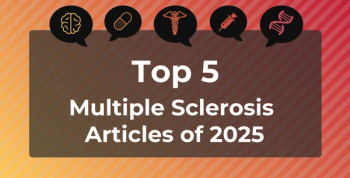
Modeling the Cost of Progression: Capturing the True Burden of MS
Panelists discuss how economic models must account for the broader impact of MS progression on earning potential, family planning, caregiver burden, and quality of life rather than focusing solely on direct medical costs.
Episodes in this series

Video content above is prompted by the following:
Multiple sclerosis (MS) diagnosis typically occurs between ages 15 and 45 years, fundamentally altering lifetime earning potential and productivity for patients in their prime working years. The economic analysis must consider not only direct medical costs but also lost productivity, career limitations, and the multiplier effect on family planning decisions. Modern MS treatments have extended the productive lifespan of patients significantly compared with historical outcomes, where disability often forced early retirement by age 40. This improved prognosis justifies higher up-front treatment costs when considering lifetime economic impact.
MS predominantly affects women during childbearing years, creating complex economic calculations around family planning, childcare responsibilities, and caregiver burden. The disease’s impact extends beyond the patient to affect family size decisions, dual-income household dynamics, and long-term care planning. During the pandemic, research revealed that younger, working professionals particularly valued treatment flexibility, including home infusion options, to maintain their active lifestyles and career commitments without sacrificing treatment effectiveness.
The shift toward oral therapies like Bruton tyrosine kinase inhibitors addresses significant health care delivery challenges, particularly in rural and underserved areas where infusion center access is limited. Site-of-care mandates have created care fragmentation issues, with patients receiving infusions at external sites that cannot be easily tracked by academic medical centers. Oral therapies eliminate these logistical barriers while potentially reducing overall system costs, though monitoring requirements for liver toxicity and other adverse effects must be factored into economic models to ensure safe implementation across diverse health care settings.
Newsletter
Stay ahead of policy, cost, and value—subscribe to AJMC for expert insights at the intersection of clinical care and health economics.







































